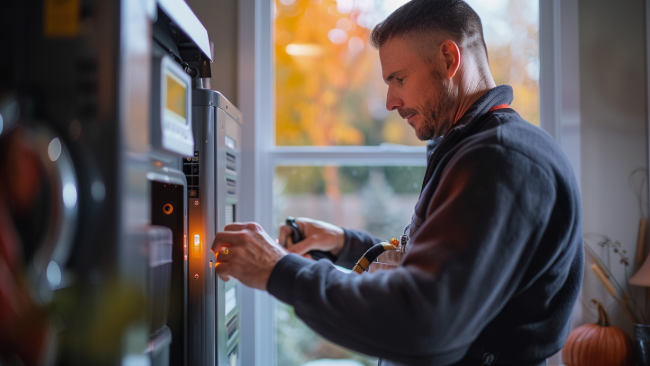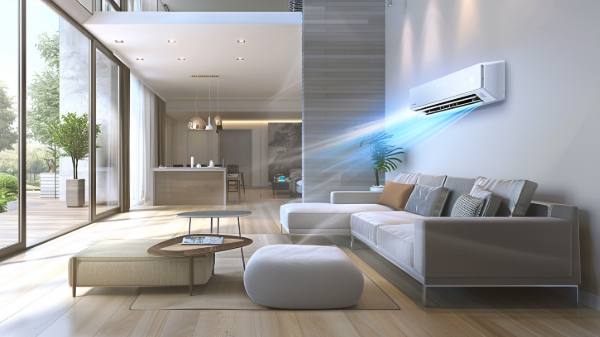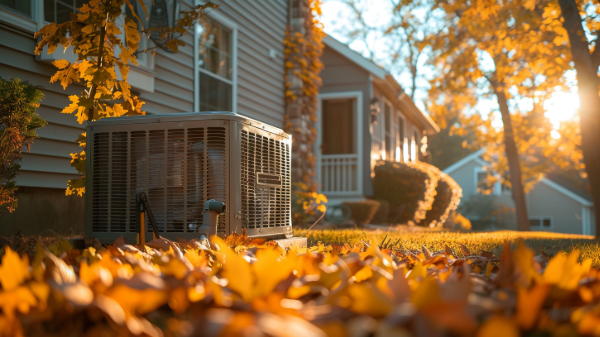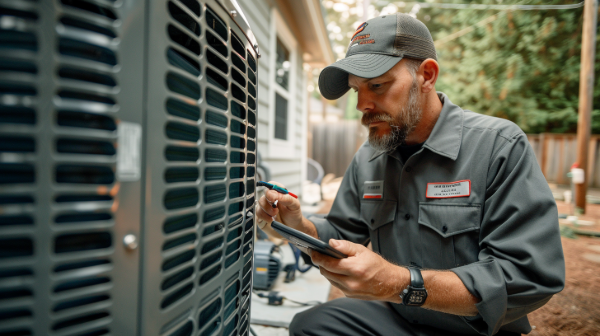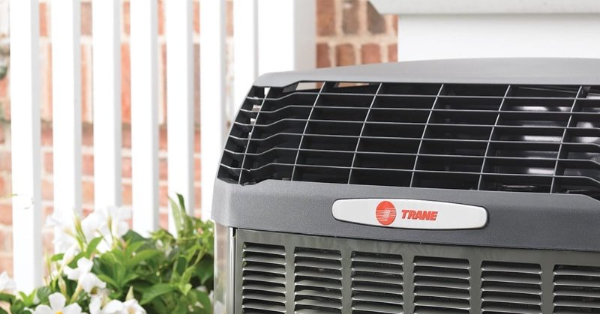How AI is Transforming Building Energy Efficiency
How AI Enhances Energy Use in Buildings
As cities grow and more people use buildings, the energy they consume keeps increasing. Homes and offices use a lot of energy, making it important to find better ways to save. Artificial intelligence (AI) is helping create smarter, greener buildings that use less energy while still being comfortable and effective. By addressing inefficiencies and optimizing operations, AI offers solutions that were previously impossible to implement. But how is AI doing this?
AI Makes Energy Use Smarter
AI technology is changing how buildings keep track of and manage their energy. By working with smart devices connected to the internet, AI can quickly look at data and make predictions. This helps building owners find and fix problems faster and more effectively.
How AI Helps Manage Energy:
- Live Monitoring: AI watches energy use all the time and spots problems like wasted power or broken equipment, allowing quicker responses.
- Fixing Before Breaking: AI predicts when things like air conditioners or heaters might fail, so repairs happen before it’s too late, reducing unexpected costs.
- Smart Scheduling: AI plans energy-heavy tasks, like heating, to happen during times when energy costs less, maximizing efficiency and savings.
These tools not only save money but also help the planet by reducing pollution and conserving valuable resources.
Better Heating and Cooling with AI
Heating and cooling systems use a lot of energy, often making up about 40% of a building’s energy use. AI makes these systems work better by learning when and how they’re used and adjusting for things like weather. These adjustments reduce waste while maintaining a comfortable indoor environment.
AI makes heating and cooling smarter by adjusting temperatures based on how many people are in the building and predicting energy needs for the day. It even finds ways to reuse wasted heat, such as directing it to other parts of the system where it can be useful. These changes help save energy and keep buildings comfortable without sacrificing functionality.
Smarter Lighting Saves Power
AI also makes lighting more efficient. Smart lighting systems use AI to adjust based on how bright it is outside and when rooms are empty, ensuring that energy isn’t wasted on unnecessary lighting.
AI-powered lighting systems combine motion sensors to turn off lights in empty rooms, daylight adjustments to maximize natural light usage, and customizable settings that adapt to user preferences over time. These features work together to save energy while keeping spaces comfortable, productive, and well-lit. Over time, these systems learn from user behaviors, making them even more effective at reducing waste.
AI Works Beyond Buildings
AI doesn’t just help individual buildings. It also improves energy systems that connect many buildings, like smart grids, creating a network of optimized energy usage that benefits entire communities.
How AI Helps Smart Grids:
- Balancing Energy: AI predicts when more or less energy is needed and adjusts supply accordingly, preventing waste and shortages.
- Green Energy Use: It helps manage solar and wind power better by predicting how much energy they will produce and ensuring that this renewable energy is used effectively.
- Saving Money: AI finds the best times to buy energy or store it for later, cutting costs for building owners and operators.
These innovations make energy systems stronger, more reliable, and better equipped to handle the demands of the future.
Challenges to Using AI
Even though AI can do so much, it’s not always easy to start using it. High costs, privacy concerns, and needing trained workers can hold people back. However, the long-term benefits, like saving money and helping the environment, far outweigh these initial hurdles. Education and training can help bridge the gap, making AI more accessible to everyone.
Why Now is the Time for AI
With energy prices rising and concerns about the environment growing, it’s a great time to invest in AI. Those who start early can save money, make their buildings run better, and attract happier tenants. AI is a way to stay ahead in a world that values sustainability, providing an edge over competitors and ensuring long-term resilience.
How to Start Saving Energy with AI
Adding AI to your building doesn’t have to be hard. Begin with one system, like lighting or heating, and grow from there. Working with AI experts can make the process smooth and ensure the best results. Many companies offer step-by-step guidance to help property owners and managers see immediate benefits.
If you’re ready to learn more about how AI can make your building more energy-efficient, contact an HVAC professional. Taking action now can lead to big savings, happier tenants, and a greener future for everyone.



